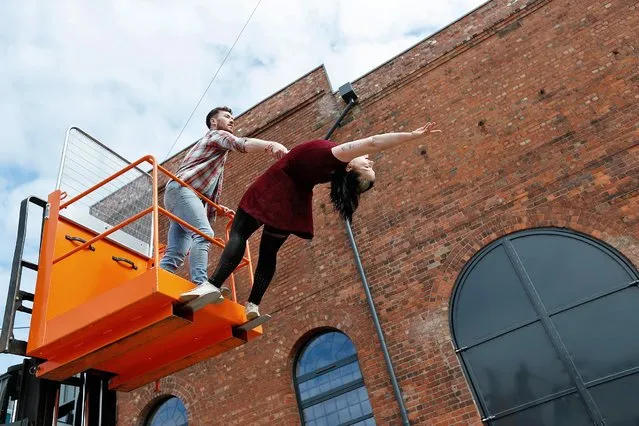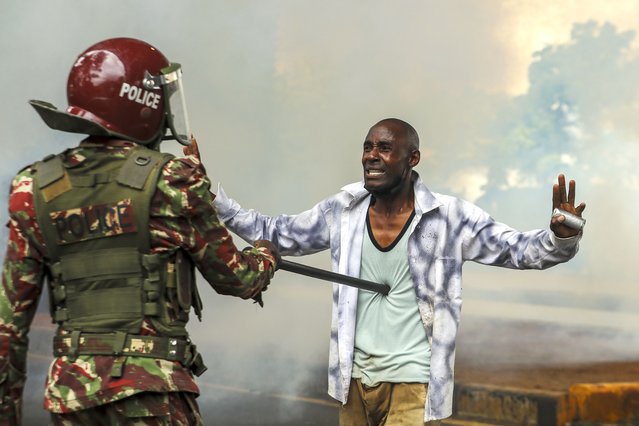
A lady is seen posing for pictures with Tom and Jerry at a Tom and Jerry Exhibition in Taipei, Taiwan on January 4, 2022, as Covid situation remains stable in Taiwan. The exhibition of Tom and Jerry, which is a traditional and world renowned American animation of the entertainment Warner Brothers, will last until 28 Feb 2022. (Photo by Daniel Ceng Shou-Yi/ZUMA Press Wire/Alamy Live News)
05 Jan 2022 07:59:00,post received
0 comments







